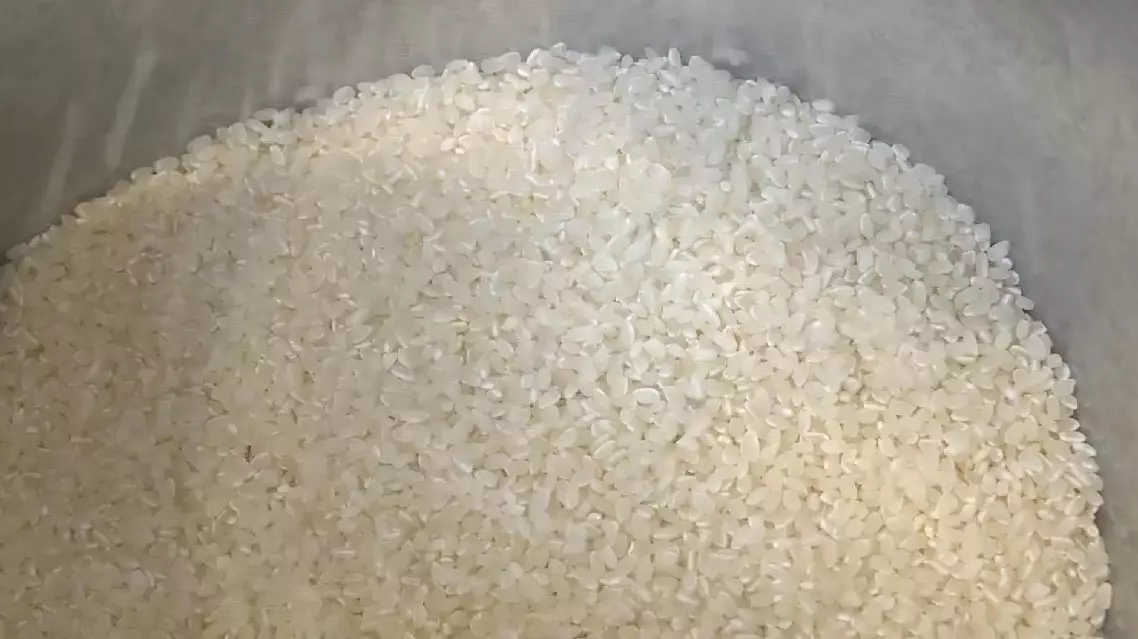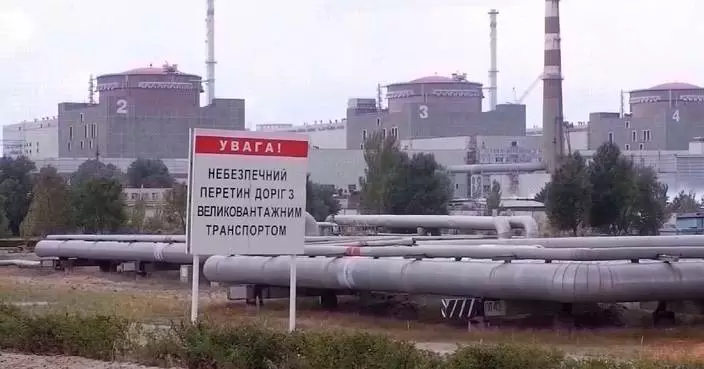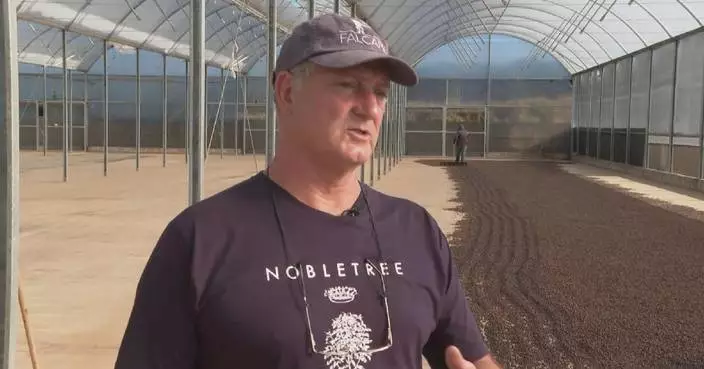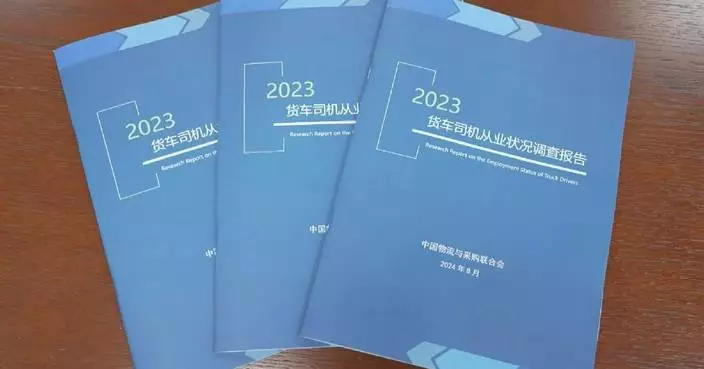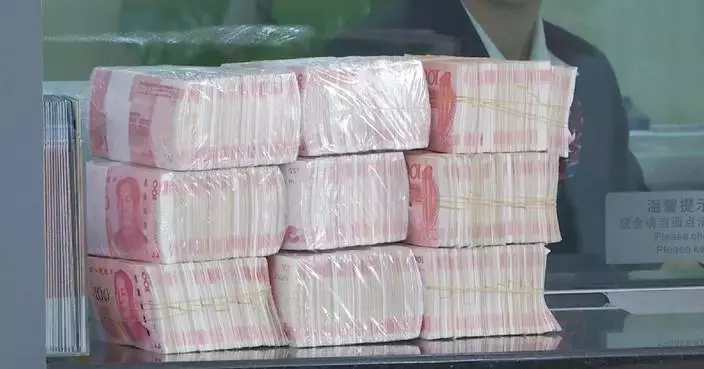Rescue personnel successfully sealed a 226-meter breach in a dike at China's second-largest freshwater lake on Monday, according to local authorities.
At 22:31, the final truckload of rocks was dumped into the breach in a dike at Dongting Lake in the city of Yueyang, central China’s Hunan Province, amidst the cheers of the rescue personnel.
Thousands of rescuers, including firefighters, hydrologists, volunteers, and police, joined hands to protect lives and property during the sealing process.
Upon receiving reports of the dike breach, rescue teams from various sectors quickly assembled. On Friday night, the National Food and Strategic Reserves Administration organized the shipment of 5,000 family emergency kits to Hunan to support the relocation and resettlement of residents affected by the flooding.
At 13:00 on Saturday, efforts to seal the breach commenced. A strategy was devised to first stabilize the edges of the breach to prevent further expansion.
The plan also included widening the unloading platform to ensure smooth material delivery and implementing measures such as alternating shifts and continuous machine operation to maintain high-intensity sealing efforts.
As of 14:00 on Sunday, a total of 4,739 professional rescue personnel, 469 vehicles, 318 items of equipment, 144 large equipment and 170 boats had been deployed to the breach site.
"After sealing the breach, we need to take steps to prevent the water from seeping out of the foundation and drain the water away from the cofferdam. With an estimated 200 million cubic meters of water in the flood storage embankment, this will take some additional time to manage," said Li Heng, a leader in the expert team of the Ministry of Water Resources.
"We maintained round-the-clock monitoring along the breach to ensure the safety of surrounding areas during the sealing process. Even though the breach is now sealed, the embankments still need complete reinforcement. Therefore, our rescue team will continue patrolling and monitoring for potential risks along the embankments," said He Jian, political instructor at the Special Service Brigade of Yueyang Fire and Rescue Badge.
The breach at Dongting Lake was caused by floodwaters from torrential rain, with more than 7,000 residents evacuated since the dike burst on Friday afternoon.
Prior to the breach, Hunan Province experienced 17 consecutive days of heavy rainfall, the longest period of regional heavy rain since 1961.

China seals dike breach at its second-largest freshwater lake

China seals dike breach at its second-largest freshwater lake


